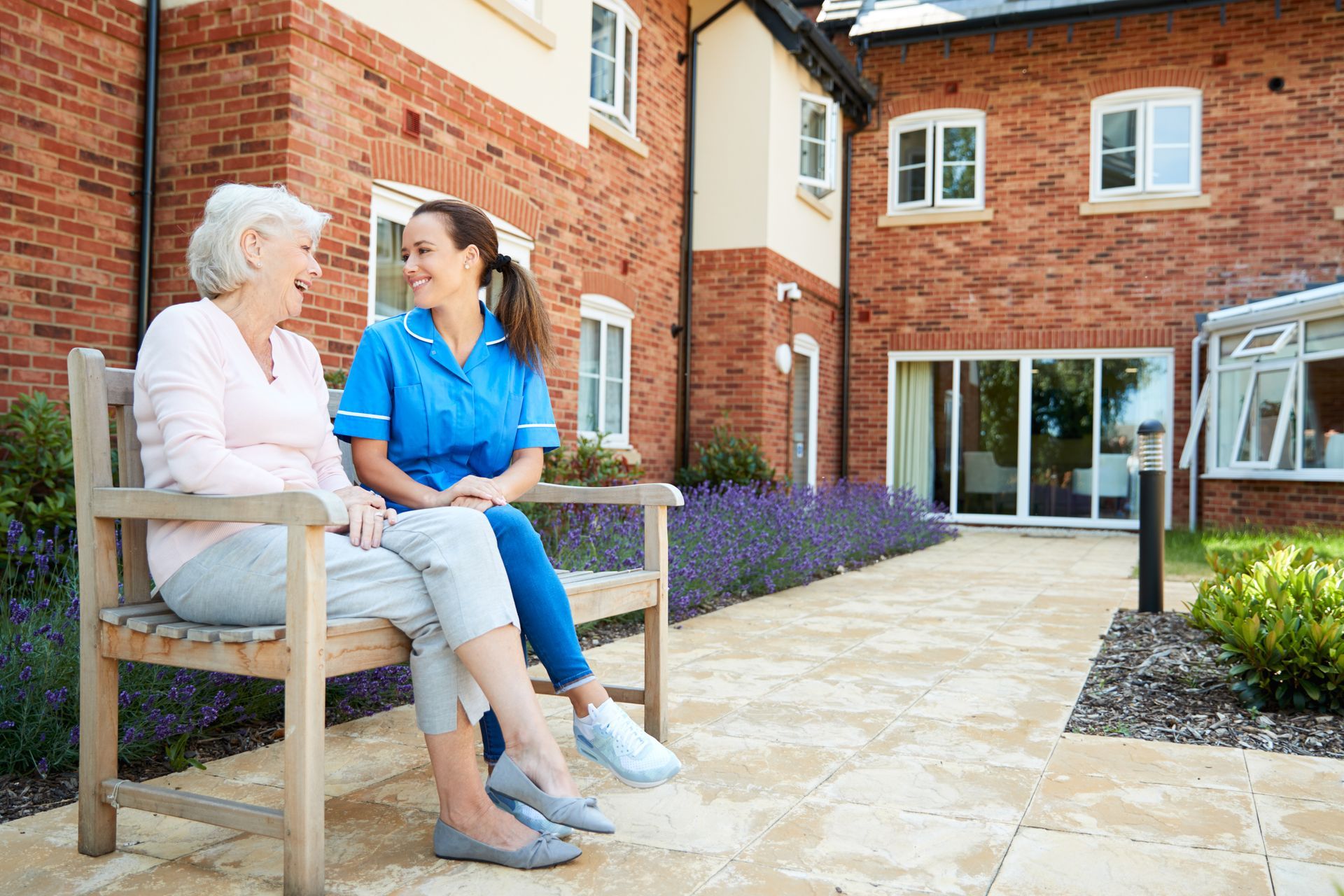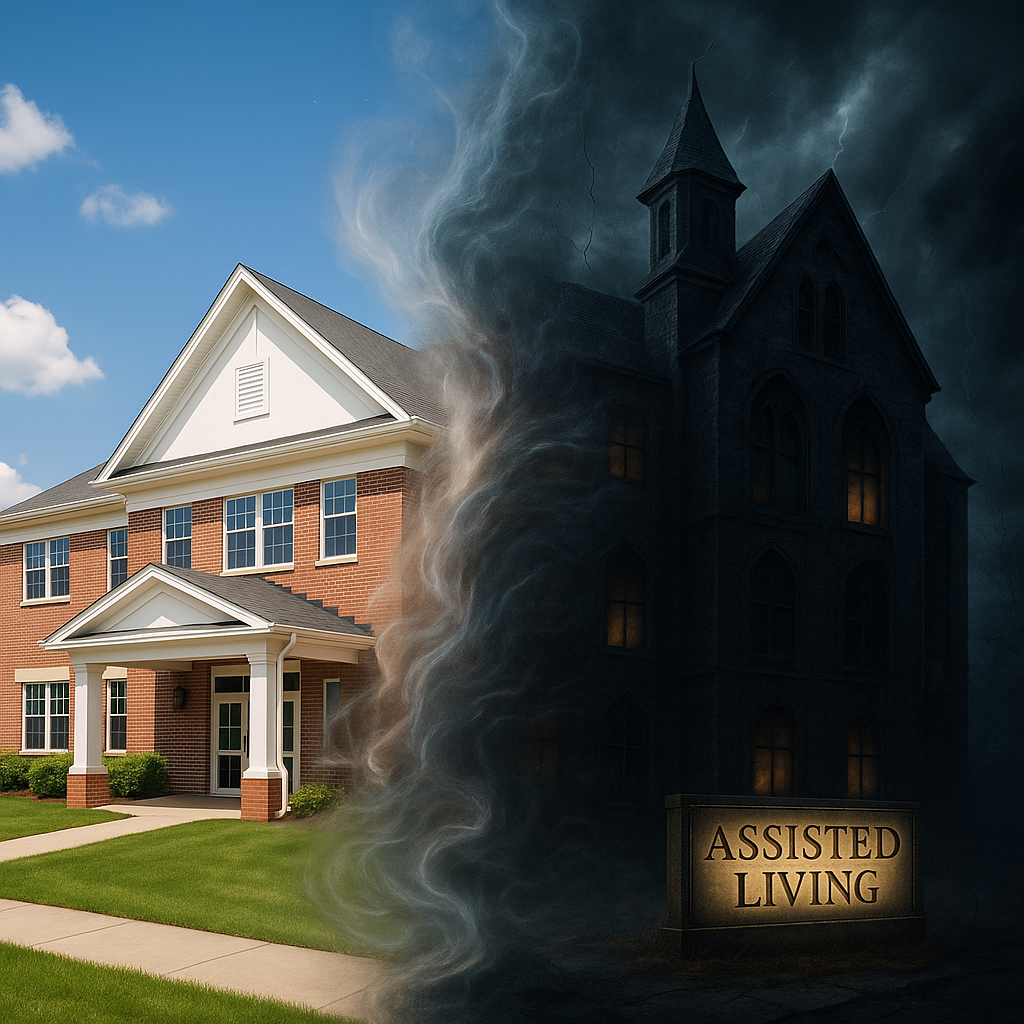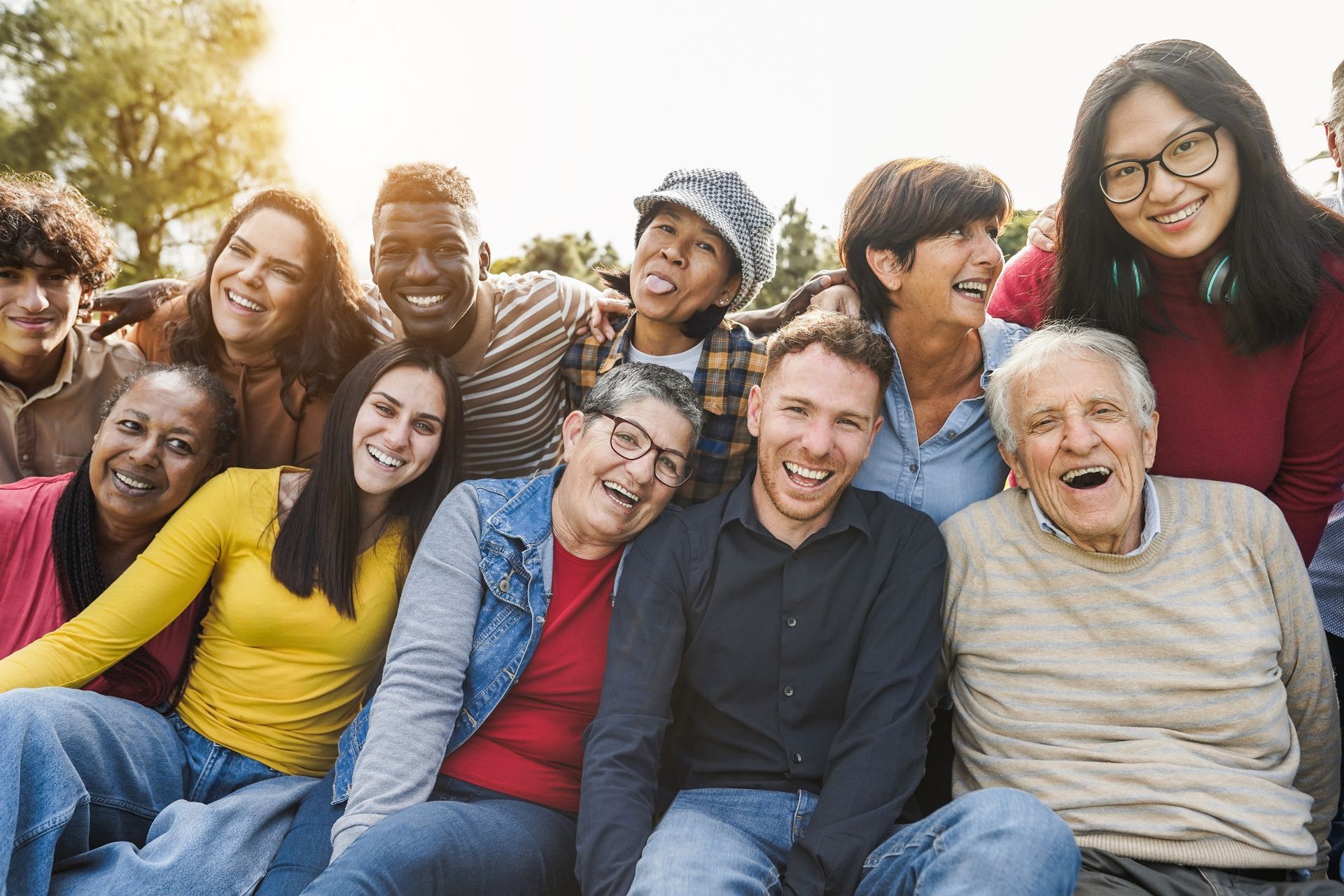BLOG
Navigating Life in the Sandwich Generation
Life as a member of the sandwich generation comes with its fair share of challenges. While taking care of others can be rewarding, it can also be overwhelming, especially when you’re middle-aged, working, raising children and tending to aging parents. Despite the obstacles, it is possible to successfully navigate your life in the sandwich generation. How? Keep reading to learn how to manage three of the biggest difficulties you may face in the sandwich generation.
Caregiving
It goes without saying that caregiving is a huge responsibility. It is also a major component of life in the sandwich generation. Unlike other caregivers, those in the sandwich generation face a unique challenge; they care not only for their children, but also their aging parents and/or in-laws. Taking care of children can be a daunting task of its own. Throwing parents into the mix might seem to complicate matters. Thankfully, it is possible to do both and be happy. How you go about successfully providing care for all of your loved ones will depend on your circumstances.
As you set out to navigate life in the sandwich generation, consider your unique situation. Are you single or married? As a married person, you are at an obvious advantage if you have a partner that is willing to help you with the caregiving role. To ensure the effectiveness of this arrangement, you and your partner can start by outlining the answers to the following questions
How old are your children? How old are your parents? How much can your loved ones do for themselves right now? How soon might their abilities change for better or worse? Do your children and/or your parents have any special needs? Who else may be able to help besides you and your mate? Once you’ve answered these questions, make it your goal to develop a schedule and assign roles. Planning ahead and staying organized are two key factors involved in successful caregiving.
:What about if you are single? How can you manage? Don’t fret. While your circumstances are different, the means of accomplishing your caregiving goals may be similar to a married couple. However, you may have to enlist the help of others, including relatives, friends and
paid help. Remember, there is no shame in asking for assistance! If you were married, you likely would not hesitate to ask your spouse for help. As an independent person, it’s okay to seek assistance from someone you trust, whether it’s someone you know or someone you’ve hired from
a reputable caregiving company.
Finances
Beyond caregiving responsibilities, managing one’s finances can also be a bit more challenging in the sandwich generation. In addition to the everyday cost of living, you may also need to consider financing your children’s college education and senior living arrangements for your aging loved ones. Of course, everyone’s state of affairs is different. You may be in a fortunate situation if you have parents who already have a plan in place for elderhood. Even so, unexpected circumstances arise that may require your financial attention.
Similar to tackling the caregiving role, it’s best to plan ahead. As you do, it’s important to focus not only on your normal expenses, like food, shelter and clothing, but also the larger expenses, like college and senior living. Why not
create a budget that works best for someone in your shoes? This might include outlining your monthly bills, setting up a college savings plan, saving for retirement and looking into the cost of refinancing your mortgage.
What about if you are already knee deep in the sandwich generation life and are overwhelmed by finances? First, be assured that you are not alone. Many people in your situation may not have been able to anticipate the financial toll that such a lifestyle could take on a family. Regardless of your financial standing, or the weight of your role as a middle-aged child and parent, you can gain control of your finances by reassessing your budget and spending habits. Once you do so, you may need to reallocate funds to more important things. If money is still an issue, you might consider
using a personal loan for living expenses until you get back on your feet.
Emotional Strain
Last but certainly not least, life in the sandwich generation can cause emotional strain. This may be especially true if your children or parents are ill or require special care. If you work a secular job in addition to caring for your loved ones, you may feel drained. Those who do not work secularly, but take care of both their parents and their children, may feel that their entire life revolves around caregiving.
No matter what your circumstances are, it’s important to make time for yourself. You will be a much better caregiver if you take the appropriate amount of time to unwind and do things for yourself on a regular basis. Furthermore, expressing your feelings with someone you trust or who can relate to your situation can be helpful, as well. If you don’t have a close friend or relative to open up to, you might consider joining a support group for caregivers.
The emotional strain associated with life in the sandwich generation may not be something that you’ve given much thought or attention to, but you need to! Your emotional health is just as important as your physical and financial health. If you neglect your emotional and mental well-being, you run the risk of deteriorating your overall health and may be subject to a more challenging caregiving experience. Instead of waiting until you are on the brink of a nervous breakdown, set in place some healthy habits that will help your emotional stability, such as weekly me-time, coffee with a trusted friend, or even regular exercise.
Whether you’ve been living in the sandwich generation for quite some time or just starting out, it’s always beneficial to reassess your circumstances and figure out how to make improvements. By reviewing and applying the information above, you will be well on your way to a happy and successful life in the sandwich generation














